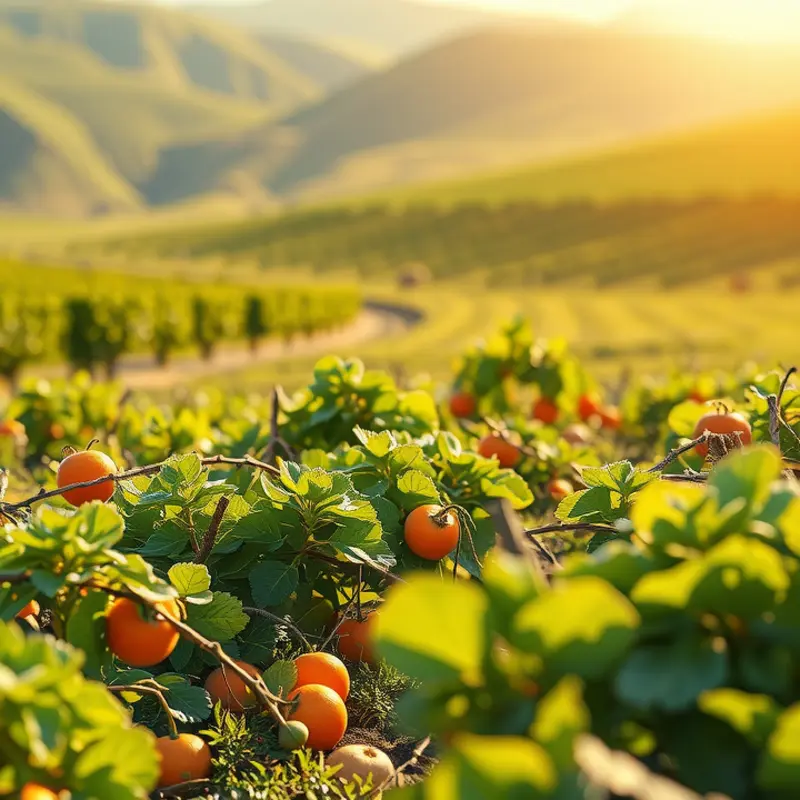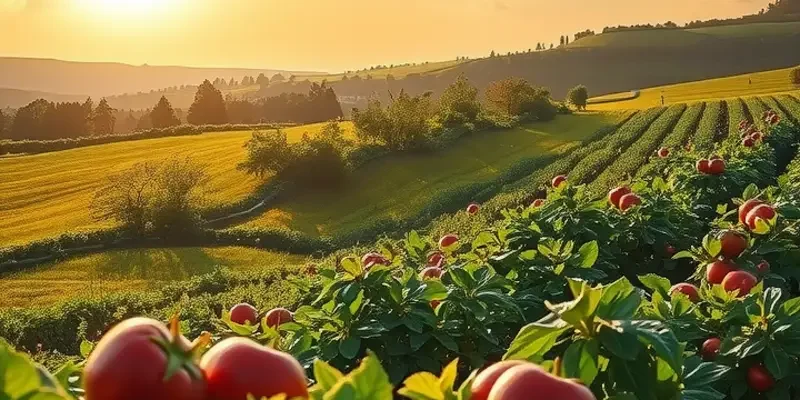Cooking has long been shaped by cultural norms, and gender plays a pivotal role in how culinary traditions are passed down and practiced around the globe. By examining how men and women historically interacted with cooking duties, we can better appreciate the nuances behind various cuisines and the stories behind beloved dishes. This exploration not only reveals age-old patterns but also empowers us to question and redefine them in contemporary settings.
Heritage on a Plate: Women’s Culinary Legacy

Across time and cultures, women have been the unsung architects of culinary traditions. The age-old stereotype of the kitchen as a woman’s realm is not without reason. Within its walls, generations of women have meticulously crafted and preserved recipes, acting as custodians of their culinary heritage. This legacy is a tapestry woven with threads of culture, identity, and deep nostalgia.
In Italy, many family recipes are safeguarded by the matriarchs of the household. The art of pasta-making, for instance, is often a skill passed down from mother to daughter. Each region boasts its unique preparation method, yet it is the hands of the women that give dumplings like ravioli their comforting form. The practice ties families to their roots, a culinary ritual that ensures cultural sustenance. Such tradition extends beyond mere cooking, embracing a sense of belonging and continuity.
In South Asia, women’s involvement in cooking is profound, particularly in the intricate craft of creating spice blends. These blends are more than mixtures; they’re embodiments of heritage. Recipes are rarely written down but whispered and memorized, ensuring the flavors of yesteryears persist. A pinch of this or that ingredient can vary with each household, reflecting personal and familial identities. Such contributions form the backbone of diverse cuisines that have influenced global food culture, evident in the rise of virtual spice marketplaces and cross-cultural cooking experiences.
Indigenous foodways also tell stories of resilience, with women at the helm. Across North America, Indigenous women are not just preserving traditional dishes but also reviving them. They mentor the younger generation in understanding the cultural significance of ingredients, the stories behind each dish, and eco-friendly practices that honor nature. This revival is critical amidst the erasure faced by many indigenous cultures, showcasing a profound bond between food, heritage, and identity.
To delve deeper into the narratives of women in global culinary practices, one must understand that each recipe can be seen as a memoir of survival and adaptation. Women’s culinary contributions are an indelible part of our kitchens today, influencing everything from everyday meals to haute cuisine. The societal impact of these traditions is reflected in modern culinary trends, which increasingly value and incorporate these time-honored techniques and flavors.
In contemporary kitchens, this heritage continues to blend with modern innovation. Culinary pioneers known for their roots often credit their ancestry and the women who influenced their culinary journeys. This convergence highlights the influence of gendered cooking practices across centuries, enriching the gastronomic landscape with fusions that emphasize origin and authenticity.
Thus, women’s contributions in preserving and propagating culinary traditions are undeniable and remain crucial to the evolution of global cuisine. Even as modern culinary practices adapt, the essence of these traditions persists, fostering a connection to the past while shaping the future. For further exploration into how culinary traditions continue to influence the wider cultural fabric, visit our insights on culinary influences and trade.
Final words
Understanding the gendered roles in cooking traditions allows us to appreciate the complexities that shape our culinary experiences today. From matriarchs who preserve ancestral recipes to chefs who redefine the culinary landscape, both men and women influence the world of gastronomy. As we enjoy various cuisines, let’s also honor their origins and the diverse contributions that have made them special. Recognizing these traditions empowers us to reshape future culinary narratives and bridges cultural gaps through the universal language of food.








